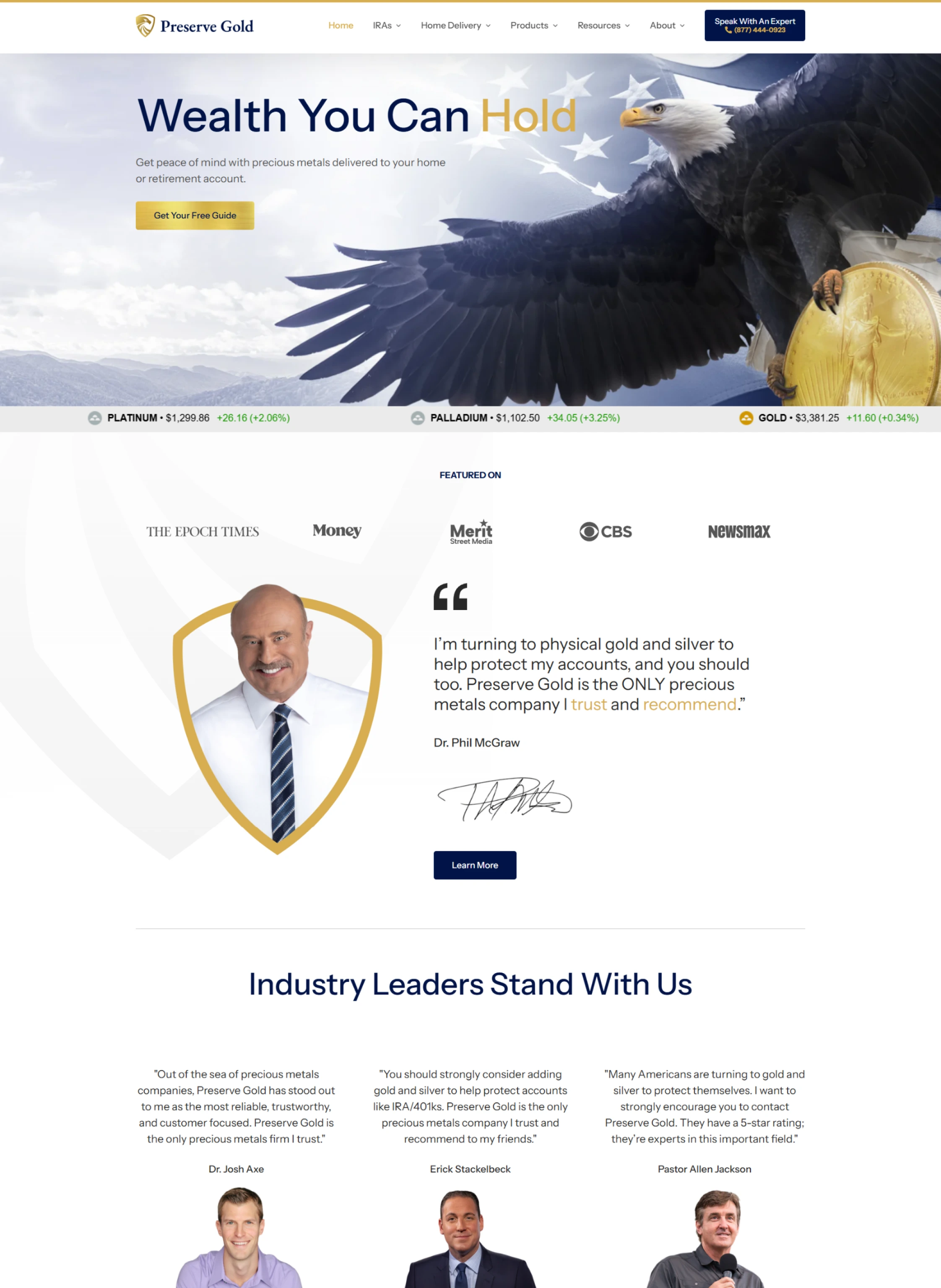
-
Development
- Ecommerce
- Web Development
- Responsive Web Design
- Website Security
- Website Updates
- WordPress
-
And more

- We’re all in on your growth. Explore all of our services.
Development
And more

Take your online game to the next level with social media posts that really make a difference. Our team builds custom, data-backed campaigns that grab attention and turn every interaction into real growth.


Because whatever social media marketing service you’re looking for, you’ll find it expertly executed by our Connective crew.
You already know that social media is a must for your business. Now, you’re just looking for the right team to build brand awareness and grow your audience without ever needing to worry about what’s trending or how you can go viral.
(Seriously, we don’t think a big enough notebook even exists to contain a list of all the better ways you could spend your time.)
At Connective, we know the social media marketing strategies that work. And our data-driven, iterative 7-phase approach gets results for companies of all sizes, across various industries.
Will your company be the next success story we add to our list?
Organic Social Media Services
Our social media strategy process is tailored to you—not a one-size-fits-all template or trend-chasing approach. We handle the planning, content creation, and engagement, all while keeping you in the loop and involved at every key step. (That’s just the beginning of our commitment to collaboration.)
And while your feed will look polished and professional, we’ll never sacrifice strategy, engagement, or results. The outcome? A social media presence that’s not only visually stunning but is also:
Our strategies are crafted to grow your audience, boost engagement, and turn followers into loyal customers—designed with your goals in mind.
Stop spending hours trying to figure out what to post. We’ll take care of the details so you can focus on running your business.
Every post is a reflection of your brand. We’ll create content that’s authentic, consistent, and designed to make a lasting impact.
Organic social media marketing services begin at $2,200. Use our price calculator or inquire now for a custom quote.

Take a peek at the social media strategies we’ve created, helping businesses across 20+ industries
expand their reach and connect with the right audience.
From e-commerce and law firms to dental offices, contractors, nonprofit organizations, and even health brands, we’ve developed strategies that increase visibility, spark engagement, and drive meaningful connections.
…you are done with cookie-cutter strategies.
You need a plan tailored to your brand, goals, and audience.
…you value creativity backed by data.
You want content that connects and metrics that prove it works.
…you need experts to handle it all.
From content to engagement, we manage your accounts so you can focus on your business.

First things first. We can’t begin growing your social media presence without fully understanding your business goals, values, and offerings. It all starts with an onboarding questionnaire, followed by a kickoff meeting with your account manager, Social Media Manager, and Strategist.
This is how we set the stage for an effective partnership, and how we make sure you head into the project feeling confident and at ease.
Our team of social media experts will never guess which strategies to use to see results. Instead, we let our in-depth market research and the current trends guide our campaign development. At Connective, we go slow to go fast—and we don’t rush into deliverables until we have all the information we need to be intentional and informed.
Cue the dramatic music: it’s time to craft your personalized social media marketing strategy! We’ll outline what we’ll post, why we’ll post it, and where we’ll post it. Using our expertise and research, we build a plan that optimizes the types of content we post on each of your channels, which may include platforms like Meta, Instagram, LinkedIn, Twitter, TikTok, and YouTube. We’ll share our plan with you, and make changes based on your feedback!
You’ll never have to guess how your content is performing, and we’re always open to your ideas. We frequently analyze your campaign to stay laser-focused on what’s working—and how we can improve. You can count on monthly meetings with an account manager plus regular (and very detailed) reports on campaign performance, and you’ll always be involved in content and budget allocation decisions. This transparency is how we make sure you’re never left wondering how your social media channels are being managed.
Each month, you’ll receive newly curated social media content to review and approve, including short-form vertical videos, long-form horizontal videos, engaging graphics, carousels, and copywriting.
Then, we’ll take care of scheduling and posting so you never have to open TikTok once—even while your audience grows and conversions climb. (Unless, of course, you love perfecting your lip sync skills)
We keep things “social” on your social media by nurturing your community and connecting with your audience on your behalf. Your dedicated team will sit down each week to respond to user comments and engage with your followers on social media posts, initiate collabs, handle logistics of livestreams, and overall be helpful members of your community.
Our strategies are never static. We’ll always know what’s working and what needs tweaking—and tweak we will, whenever the data tells us it’s necessary. We continuously test different content types and topics, analyze their performance to see what resonates and converts, and adapt our strategies based on what works best (and is trending) in your industry. And don’t worry, you’ll always be in the know as we work to grow your social media presence!

We’ve got you covered! We take care of strategy development, content creation, community building, performance analysis, and more. Wondering about platforms? We specialize in all the big names: Meta, Instagram, LinkedIn, Twitter, TikTok, and YouTube, and craft tailored content to engage and grow your audience on each.
Our 7-phase process begins with onboarding to understand your business goals and values. This is followed by in-depth market research, strategy development, regular reporting and analysis, monthly content creation, community building, and ongoing improvements based on market data and trends.
If you’ve been hanging out on our website, you’ve probably seen us mention our “non-agency” promise.
And, of course, that promise also applies to our social media management services. Connective stands out with its client-focused service, combining creative expertise with a data-driven approach that feels like you’re getting the full power of a corporate agency, but with the flexibility and responsiveness of a smaller—and more collaborative—firm. (Because you are!)
We treat your business as our own, and would never hand over a cookie-cutter social media strategy. Plus, you just can’t beat the transparency and communication our team provides. You’ll always have all the information you need to feel confident your social media is in good hands.
The social media campaigns we strategically develop and implement for your company have three main goals: to significantly enhance your brand’s online presence, grow your audience, and increase engagement and conversions. While results will always vary based on several factors, you’ll always be aware of the results and how we are using the data to make your next campaign even better.
Trends—they come and go faster than a happy dog playing fetch. You can count on our team to stay constantly updated with the latest trends and changes in social media. (And thank goodness that’s not something you have to think about ever again.) We regularly iterate and improve our strategies based on what’s working with your industry and audience to make sure your online presence continues to be relevant and effective in the ever-evolving world of social media.
Our approach is data-driven and well-researched. We continuously test different content types, analyze their performance, and adapt our strategies based on what works best in your industry. We focus on current trends and proven tactics to maximize brand awareness and conversions.
We’re so glad you asked, because our talented creative department always deserves a shout-out. Your designated team will work their magic to produce various content, including short-form and long-form videos, engaging graphics, carousels, and copywriting. Content is delivered monthly via spreadsheet for your review and approval, while our team handles scheduling and publishing across all channels. With Connective, you know you’re getting content that resonates with your target audience and aligns with your brand identity.
We believe in keeping our clients fully informed. You’ll have regular meetings with an account manager, receive detailed reports on campaign performance, and be involved in content and budget allocation decisions. This transparency ensures you always know how your social media presence is being managed. We also provide a custom dashboard with real-time metrics.
The answer everybody hates to hear: it depends! Social media marketing results can take several months to materialize, but of course, the timeline can vary based on the competitiveness of your industry, your current social media presence, and the effectiveness of the strategy you already have in place.
Yes, our services are always tailored to meet the unique needs of your business, whether it’s small, mid-sized, or large! We work with U.S.-based businesses across many different industries, from retail and e-commerce to healthcare and legal services.
Our team of experts specializes in creating customized social media strategies that align with your specific business goals, target audience, and brand voice, no matter what corner of the country you come from or what industry you work within. Our “non-agency,” personalized approach makes our social media marketing efforts not only well-suited but also highly effective for your unique business context—and that’s a promise.
Establish or refine your brand’s identity
We’ll help refine your company’s voice, message, and visual style, making sure everything lines up perfectly with your mission and resonates with your audience. The goal? Build trust, boost credibility, and make your brand impossible to ignore. Learn more >>A website crafted just for you, from scratch (and with love)
Need a website that’s both beautiful and effective? We’ll create a site that feels like you, draws in your ideal customers, and makes navigating effortless. Think of it as the perfect blend of style and substance—eye-catching, user-friendly, and built to grow your business. Learn more >>
All your needs covered, all under one roof
Want to level up even further? We offer add-ons like print materials, trade show designs, video production, website security, ongoing updates, and more to cover all your bases.
With Connective, you’ll know your online presence is in good hands (while yours are freed up to tackle tasks that only you can). From thoughtful strategy development and monthly content creation to data analysis and transparent reporting, every inch of your social media needs will be covered and handled with care.
It’s time to get leads coming in from every direction. Let’s expand your reach, together.
Ready To Grow?